During the last year, we published our plans regarding sustainability for the first time. We’ve also asked you for feedback and you answered in no time – thank you for that! After a year has passed, we’re here again to inform you about the progress we’ve made but this time we’re presenting it in the form of this sustainability (or non-financial or ESG) report.
What was your feedback?
Three topics perceived as the most important emerged from this research:
- Help us recycle useless prints and leftover filament (31.7% answers)
- Start to offer filament on spools without sides (15.9% answers)
- Raise awareness about printing meaningful things (6.8% answers)
You will find in the report how we attempted to solve these problems.
The aim of the report is not to say that we excel in every aspect of the sustainability topic and that everything we do is the best thing to do. Our goal is to show you where we stand right now, what we’re good at, and what we’re just beginning with. Making the report itself was a good exercise for us: we summed up everything we do and found out where we don’t have e.g. data or haven’t started dealing with something yet.
What is meant by company sustainability?
The topic is most frequently presented by the abbreviation ESG:
- E: Environment e.g. environmental impact of the company
- S: Social e.g. social aspects of making business
- G: Governance (of the company)
| E |
S |
G |
| Climate change | Company employees | Governance of the company |
| Pollution mitigation | Workers in the value chain | Risks management |
| Water sources | Communities | Ethical behavior |
| Circular economy | Consumers and end users | |
| Biodiversity and ecosystems |
Here are the three pillars of our sustainability strategy and selected points from our sustainability report:
A better world through 3D printing: We are trying to utilize 3D printing to solve contemporary social and environmental problems.
- We’ve launched the official company profiles at printables.com, allowing the companies themselves to publish their 3D models, such as spare parts to prolong the life of their products. We also run flash contests with sustainable topics, for example, quick repairs.
- Together with companies using our 3D printers, we’re working on ways to make their operation more effective and sustainable.
- We found ways how 3D printing can help the wounded in the war in Ukraine, improve living standards in the Gambia, or support handicapped sportsmen.

Environment: We try to minimize the impact of our activities on the environment. We look for ways to introduce more sustainable products and services and to optimize our production.
- We’ve had the carbon footprint of our company, and LCA calculated for some of our filaments and the MK3S+ printer, to find out what changes will have the most significant impact.
- We started manufacturing recycled versions of Prusament PLA and PETG, made from our manufacturing waste. We also started offering the Prusament Refill (PLA and PETG), enabling the use of the same spool over and over again.
- We are trying to reduce our water and energy consumption and the amount of generated waste. Due to the expansion and localization of production, our energy consumption increased by 7%. Water consumption decreased by 2.5% and waste production remained almost the same, with an increase of 0.6%.
- We’re working on more ecological packing and transport of our products. E.g. we reduced the packaging of our best-selling MK3S+ printer by 7% during one year.
Fair relations: We want to have fair relations with everyone that helps us conduct our business successfully.
- We’re constantly improving a safe and friendly work environment for our colleagues. For example, we have carried out an ergonomic audit or introduced a monitoring system for employees working alone.
- We offer high-quality and easy repairable products, you can find more about that in our first Prusa Product Passport. In the long term, we have succeeded in reducing the % of warranty claims.
- We have begun to address the social and environmental aspects of their production with our largest suppliers.
- We’re trying to be transparent when talking about sustainability. For example, we’ve stopped labeling PLA as biodegradable material.
You can find detailed info in our sustainability report. If you have any questions, ideas, or recommendations, please let us know at [email protected]







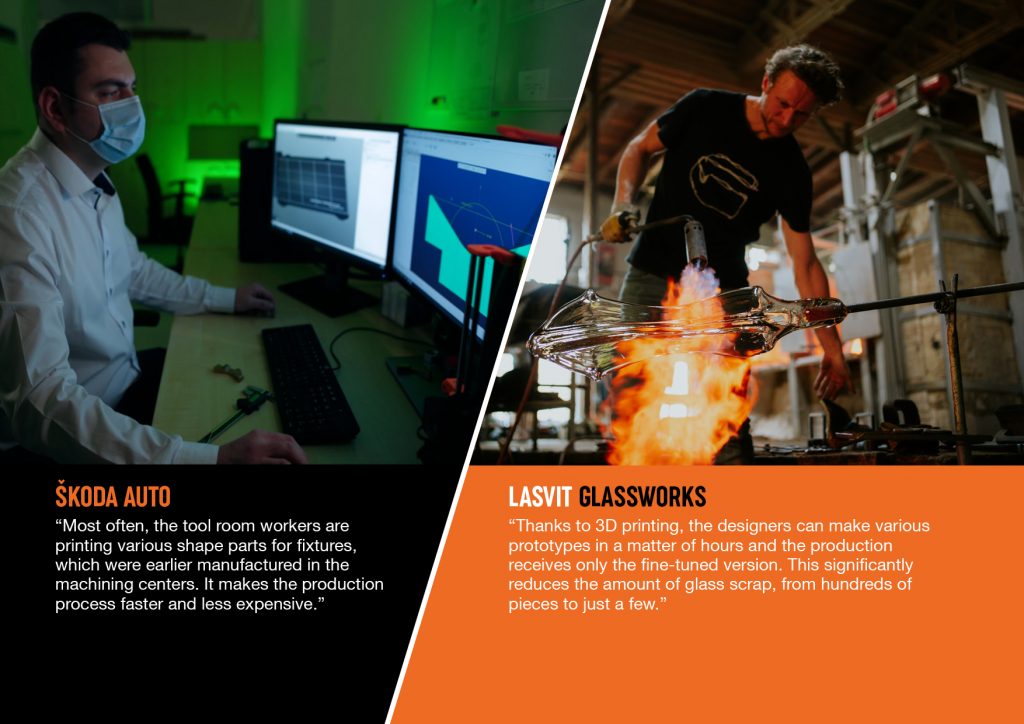
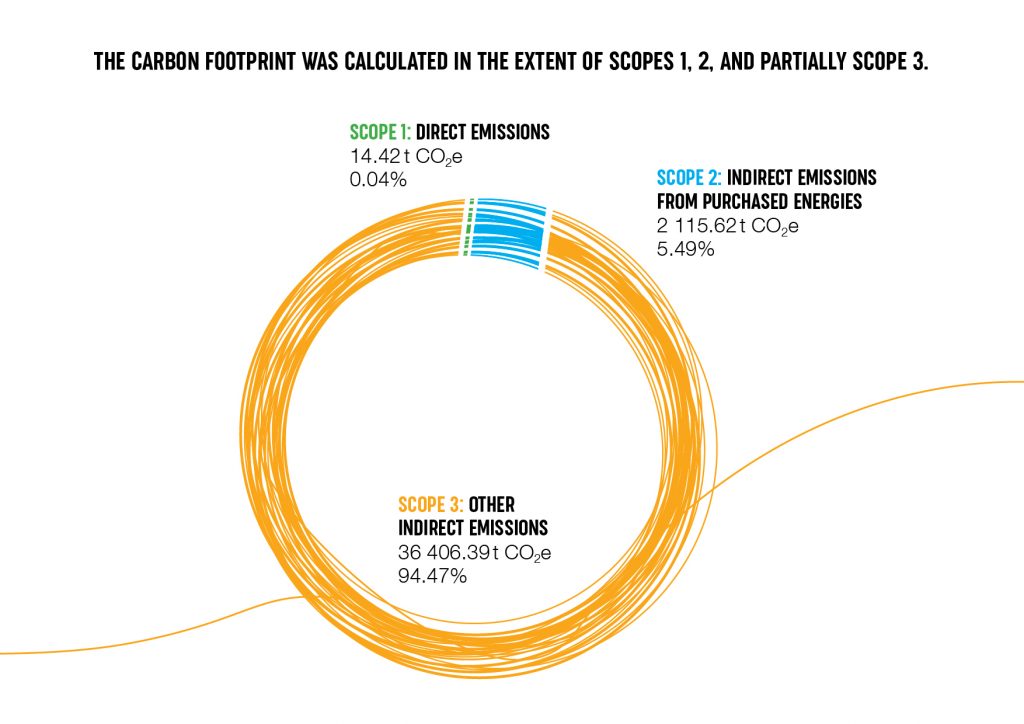
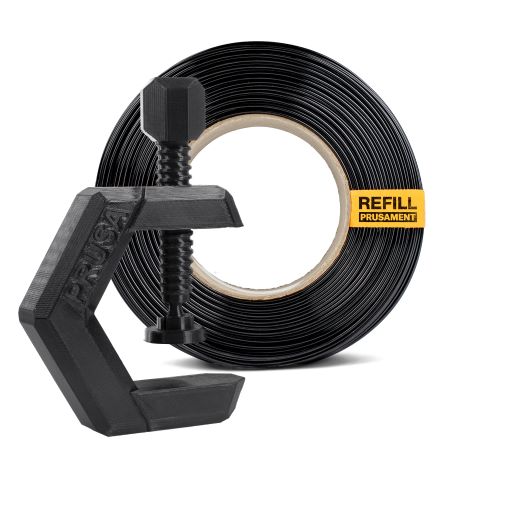

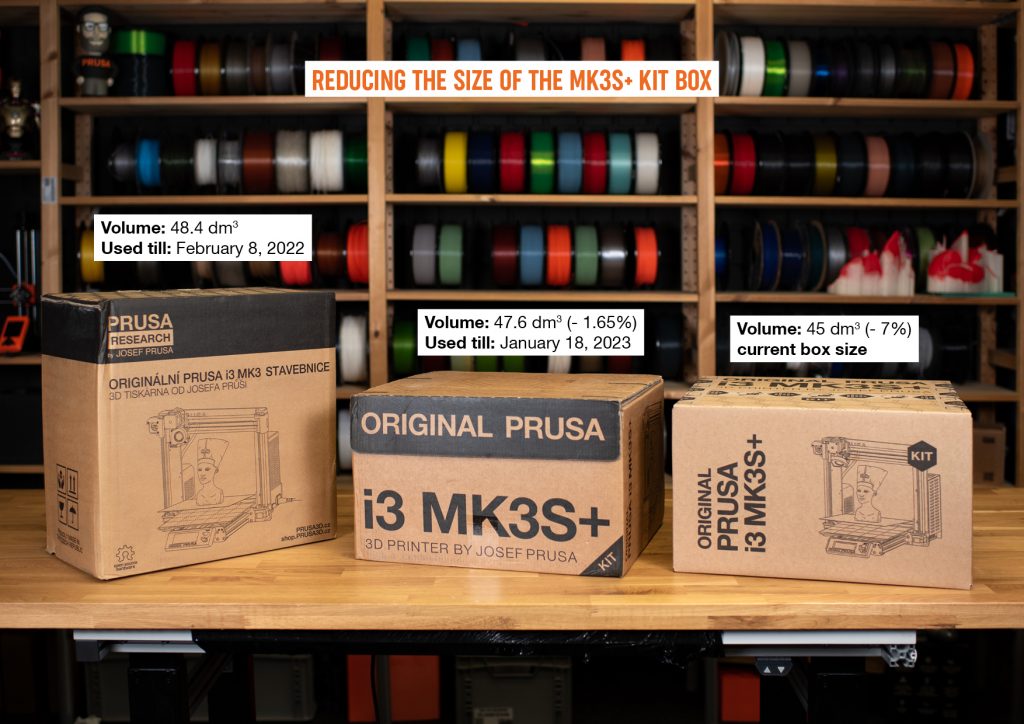
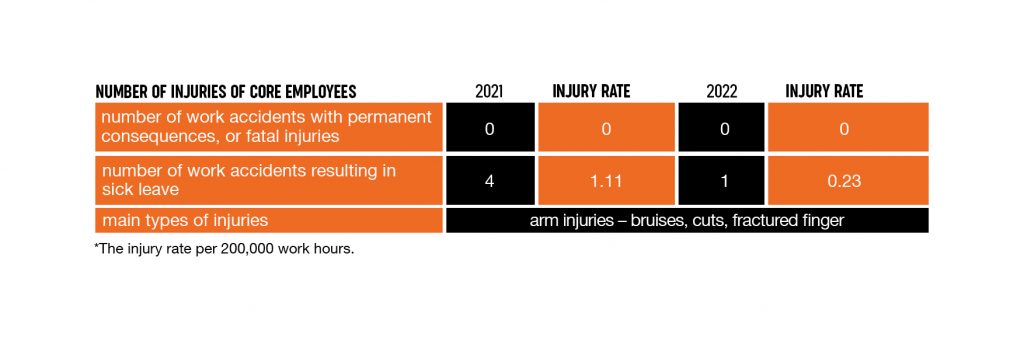
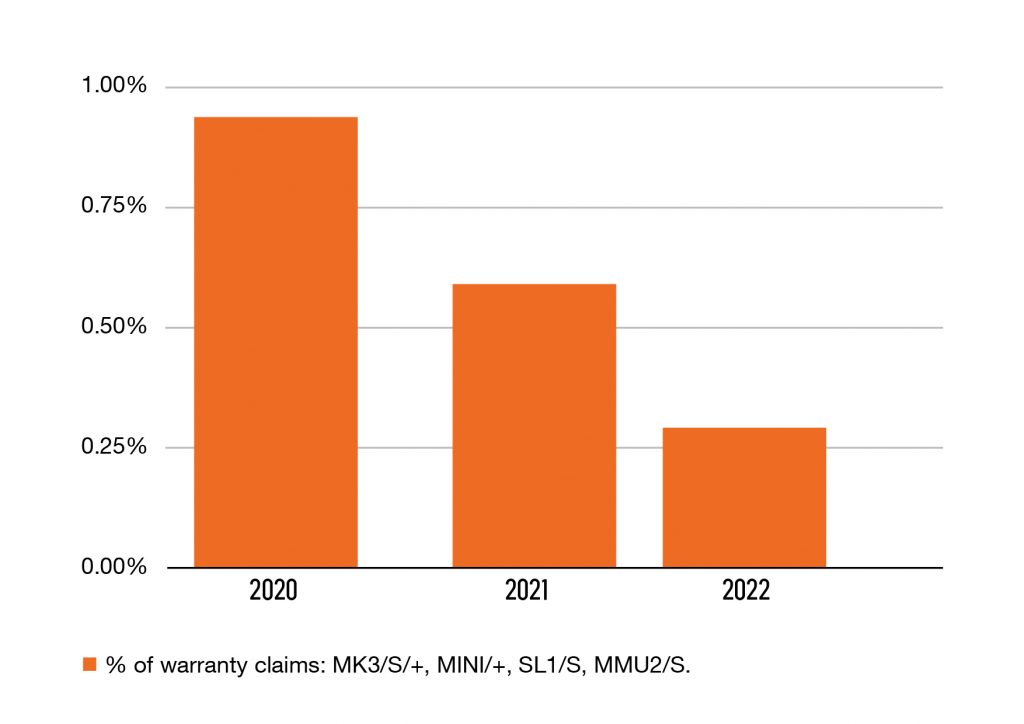
It doesn’t seem as though this post addresses the most common feedback result, only mentioning the act of recycling internally at Prusa with their in-house manufacturing which appears to have been outside of the scope of that particular response.
I see now that page 33 of the linked report goes over the results, which are unfortunately along the lines of “we’re investigating options and open to feedback at [email protected]” without any concrete ideas having been mentioned or hinted at. I don’t personally expect to see a magic bullet in this incredibly difficult problem from this report, but I am slightly disheartened by it being seemingly entirely skipped over as the singular most requested sustainability change for the industry as a whole. I don’t even think there’s anyone to “blame” for that either, I don’t think there is a way to responsibly recycle waste from printers that isn’t “melt it down into raw stock for subtractive manufacturing processes and hope it isn’t garbage when the polymers mix”, which isn’t that great of an answer either in terms of power usage to further consume the materials.
I dunno, it’s a goal that is seemingly incompatible both with multi-colored prints and 3D printing in general just in how things have to work. Hopefully I’m wrong, but I can’t really see a good way to make 3D printing as it is today less environmentally harmful. Hopefully new materials can pave the way to more options in this space.
yea of course theres not gonna be the magic bullet in there because if it would be an easy problem to solve it would have been done already.
In the end the truth is there is no option to economically and sustainably recycle filaments from private entities.
The best solution for everyone is to just throw their failed prints into the regular recycling bin and hope for the best.
In the end any kind of consumerism is bad and the only way to not harm the environment is to not exist.
With 3d printing you at least have the chance to offset that by printing useful things and repairing stuff that you would have thrown away otherwise.
“. . . and the only way to not harm the environment is to not exist.”?????
Are you going to go 1st???
Actually, for Europe there is the Recycling Fabrik. I regularly send them my PLA, PETG and empty spools.
yes but their existence doesnt mean it makes sense to use this service.
economically it makes sense for them because they get nearly free filament and sell it back at nearly full price.
ecologically its highly questionable if sending boxes with a few kg of old filament around actually does anything positive for the environment.
While yes, we need to reduce waste, ESG is simply a social credit score to *only* allow companies with specific politics to function. It will drive people away just as it brings people in, you’d be better off not touching politics so that everyone will come to the company instead of alienating parts of your consumers.
sadda
wewwe
Its good to see that Prusa Research are doing something to reduce their own carbon footprint and improve sustainability. But it omits to mention what happens down the supply chain and up to the consumer. In the hands of consumers there us considerable waste produced, comprising small plastic chaff, failed prints, unsold products, test prints and things like support material and purge blocks.
Unfortunately its the case that municipal waste handling systems do not know how to recycle such mixed plastic waste. It may end up in general waste and incinerated, or maybe recycled into road material etc.
Sooner or later plastic filament makers are going to have to face the face the consumer end of 3D printing is essentially unsustainable, despite the beneficial effect it has on reducing waste in client manufacturing industry. Some better solution to waste management needs to be found sooner rather than later. And a greater proportion of plastic source needs to come from sustainable sources, not fossil fuels .
Looking forward to Prusa preaching at me in the near future. ESG is a scam.
Ya, Tesla literally has a zero because Elon bought Twitter, but Chevron, I believe has a 36 or something.
Nvm, it is a 29. But still, this is what they say is cleaner than fuel and then rate it lower?
Anticipating Prusa teaching at me sooner rather than later. ESG is a trick.